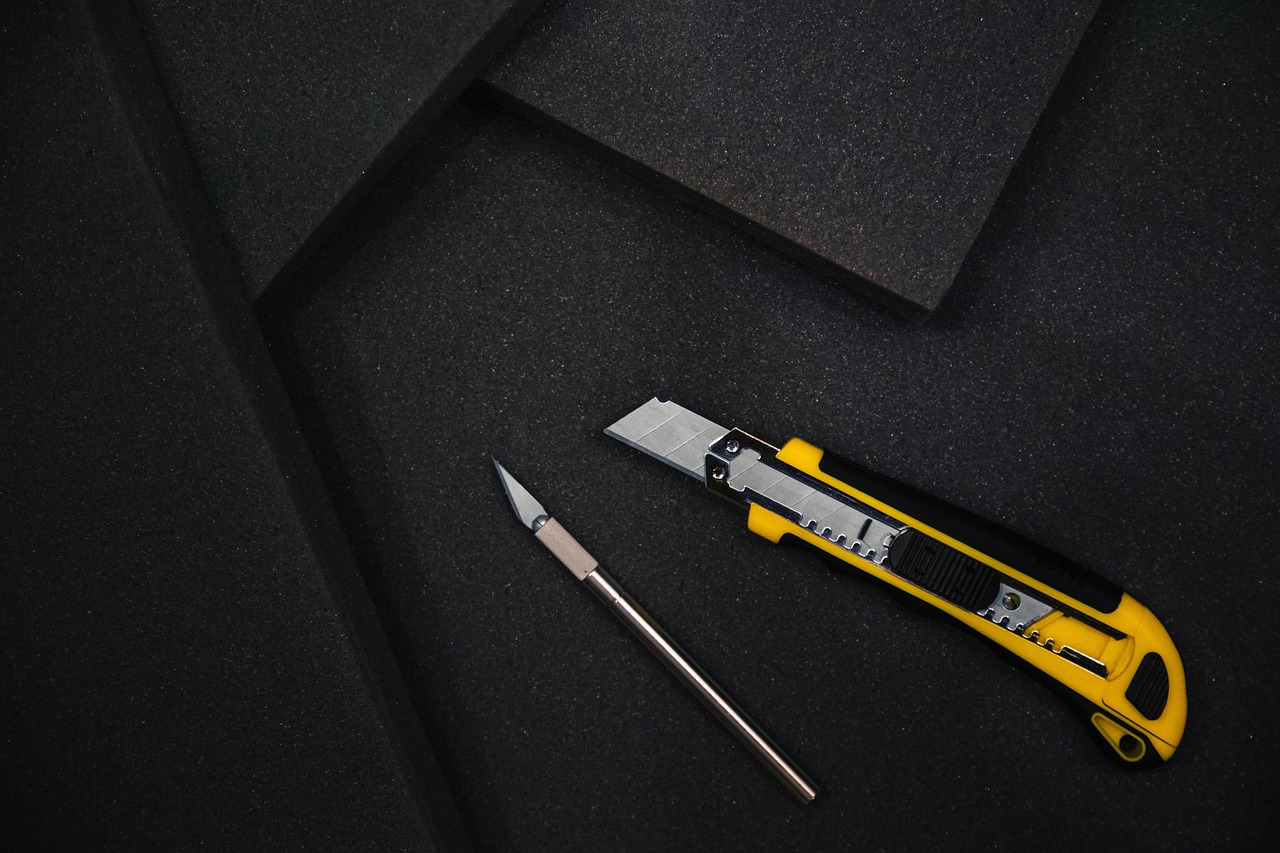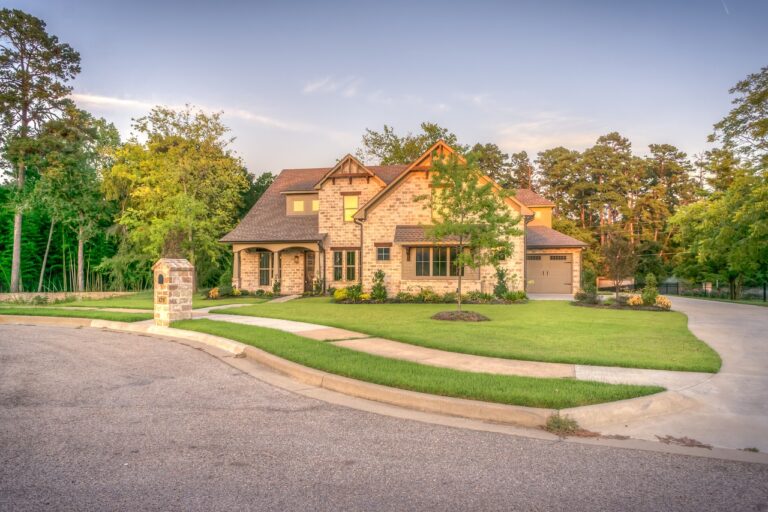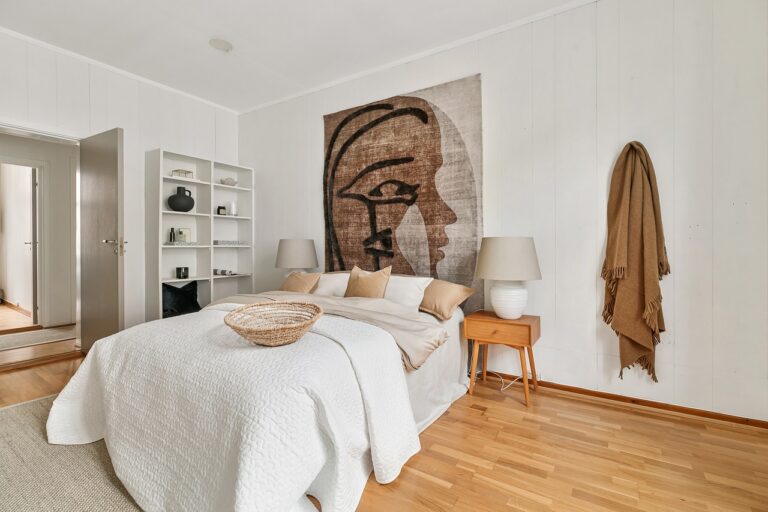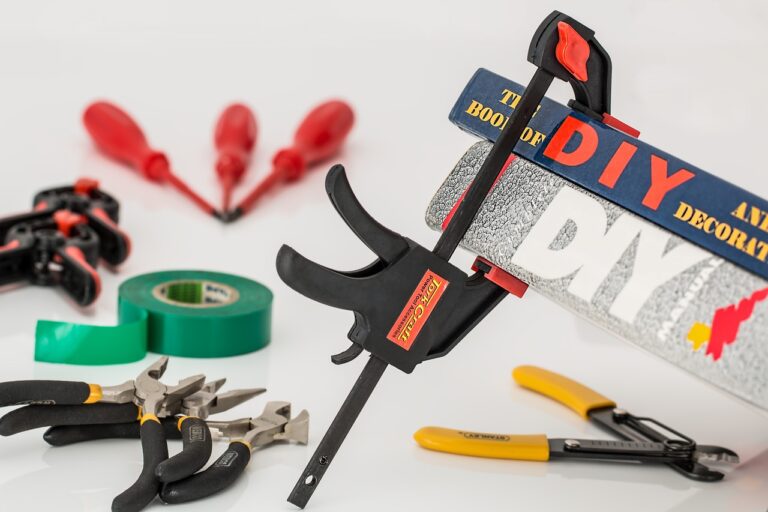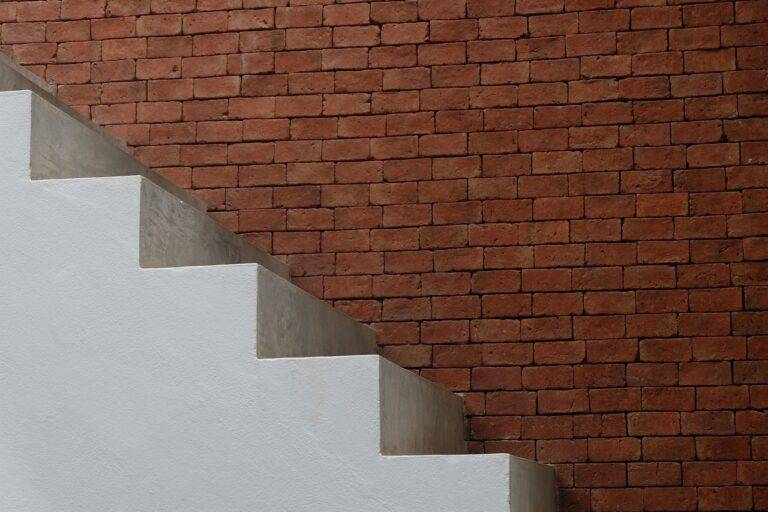Incorporating Feng Shui Principles into Your Home Design: Enhancing Balance and Harmony
Feng Shui is an ancient Chinese practice that focuses on harmonizing individuals with their surrounding environment. It is based on the belief that the arrangement of objects in a space can influence the flow of energy, known as chi, and impact ones well-being. By applying Feng Shui principles, you can create a space that promotes positivity, balance, and overall harmony.
One key principle of Feng Shui is the Bagua map, which divides a space into nine areas that correspond to different aspects of life, such as wealth, health, and relationships. Each area is associated with specific colors, elements, and materials that can be used to enhance energy flow and create a more harmonious environment. By understanding the Bagua map and incorporating its principles into your home design, you can cultivate a space that supports your goals and aspirations.
Creating a Harmonious Environment in Your Home
Feng Shui principles emphasize the significance of creating a harmonious environment in your home to cultivate positive energy flow. By carefully arranging furniture, incorporating calming color schemes, and decluttering spaces, you can enhance the overall ambiance of your living space. A well-balanced layout not only promotes relaxation but also fosters a sense of tranquility and balance that can positively impact your well-being.
Incorporating elements such as plants, natural materials, and meaningful artwork can further enhance the harmonious energy in your home. These elements not only add aesthetic appeal but also connect you to nature and promote a sense of grounding. By infusing your living space with items that resonate with you on a personal level, you can create a sanctuary that nurtures your mind, body, and spirit.
Plants bring a touch of nature indoors and improve air quality
Natural materials like wood and stone add warmth and earthy energy to the space
Meaningful artwork can inspire positive emotions and serve as a focal point for reflection
Personal items with sentimental value can evoke feelings of comfort and security in your home
Utilizing the Five Elements in Home Design
The concept of using the five elements in home design is deeply rooted in Feng Shui principles. These elements, which are wood, fire, earth, metal, and water, are believed to bring balance and harmony to the living space. Each element is associated with specific qualities and attributes that can influence the energy flow within a home.
Incorporating the five elements into your home design can be done in various ways. For example, adding wooden furniture or plants can introduce the wood element, while incorporating candles or a fireplace can bring in the fire element. By strategically placing items representing each element throughout your home, you can create a cohesive and harmonious environment that promotes positive energy flow and overall well-being.
What are the five elements in Feng Shui?
The five elements in Feng Shui are wood, fire, earth, metal, and water. Each element represents different aspects of life and can be utilized in home design to create balance and harmony.
How can I incorporate the five elements into my home design?
You can incorporate the five elements into your home design by adding elements of each type in various rooms. For example, you can use wooden furniture for the wood element, candles or a fireplace for the fire element, earthy colors or materials for the earth element, metallic accents for the metal element, and a small water feature for the water element.
How can utilizing the five elements in home design benefit me?
Utilizing the five elements in home design can help create a harmonious environment that promotes balance and positive energy flow. This can lead to improved overall well-being, productivity, and happiness in your home.
Are there any rules or guidelines to follow when incorporating the five elements in home design?
While there are general guidelines for incorporating the five elements in home design, it ultimately comes down to personal preference and what feels right for you. Experiment with different combinations and placements to see what works best for your space and lifestyle.

